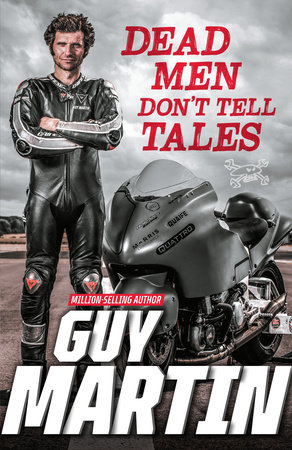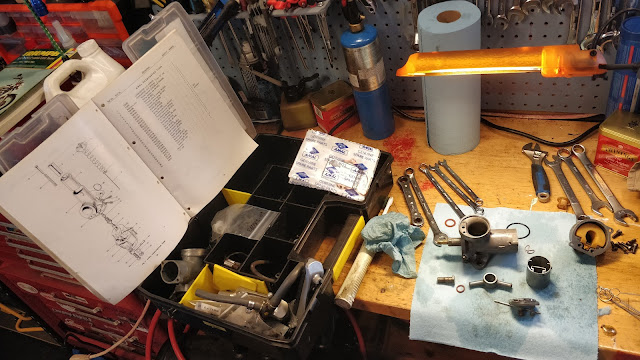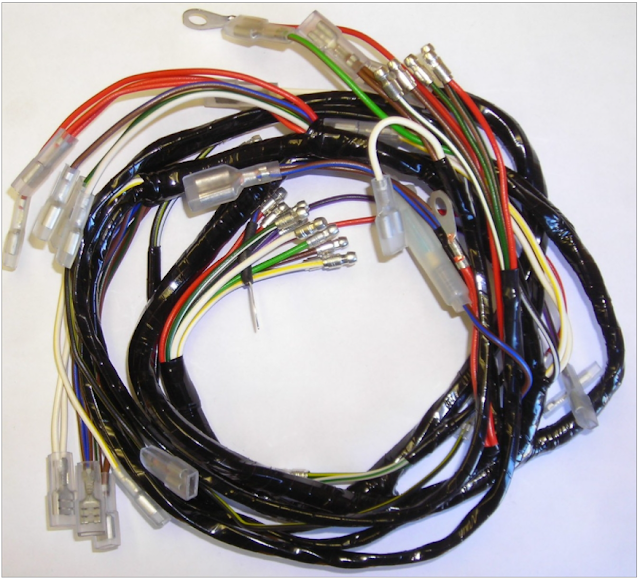 As the sun rose on the shortest day of the year our little dog managed to find a fleeting patch of it and opened his solar collector ears to get as much as possible. In a matter of minutes it was gone to be replaced by days of grey fog over Christmas; there was something in that moment.
As the sun rose on the shortest day of the year our little dog managed to find a fleeting patch of it and opened his solar collector ears to get as much as possible. In a matter of minutes it was gone to be replaced by days of grey fog over Christmas; there was something in that moment.
If you get to fifty without any scars you’re not doing it right, and I have my fair share of scars. I found myself struggling through another Christmas season feeling like the weight of the world was on my shoulders. With a couple of weeks away from the emotional deficit that is Ontario education these days, I got some perspective and decided to try and make a conscious decision to find that patch of sunlight rather than dwell on the darkness.
The return to school started well enough, but you’re not just battling your own negativity, you’re also facing it in your students and colleagues. With the end of the semester approaching and the system under attack from the elected representatives sworn to look after it, everyone is terse, but I was finding that my bonhomie was working. I was able to calm and direct students, and when a colleague was rather unprofessional with my wife, I was able to help her through that too.
Yesterday was an epic shit show though. I got to school only to have my cell – which I’d forgotten in my classroom in a rush to get to the information picket the afternoon before – ringing off the hook. It was my wife saying a snow plow had backed into her. I rushed home to find the back window of the car blown out, glass all over the road and the ‘C’ pillar bashed in. The plow had not only hit her, it had then pushed the car two feet sideways before stopping.
Alanna was ok but the kid driving the plow didn’t say a word. His supervisor showed up and then the OPP. It was all very amiable, but in retrospect this was them trying to manage an obviously at-fault accident. The OPP officer (who never gave us his name) gave us an incident report number and that was that. The township guys shovelled up the glass and I followed Alanna over to the repair centre in Fergus to discover we were already $500 in the hole for a deductible. They then said it might be a week before they even start working on it, and we only have 7 days of rental car coverage. Nice to know our second most expensive car insurance in Canada rates don’t begin to pay for an accident that was in no way our fault.
Even with all that we were getting our sense of humour back as I drove Alanna to school. As we approached the last traffic light before school I was in no rush and doing about 50kmh/hr. I must have seen something in my peripheral vision because I suddenly found myself standing on the brake without knowing why as a mid-sized sedan blew through the red-light perpendicular to us. I think we missed it by about fifteen feet. At 50km/hr we were moving at about 13.9 metres per second. Had I been moving at only a couple of kilometres per hour faster we would have been t-boned by that big, V6 sedan in our small hatchback and our son would have been an orphan.
 None of this registered in the moment. We were both already pretty shaken up by the morning and this was simply more nonsense piled on top. We went to school and I got there about half an hour before my first class. I spent most of that time sitting with my wife listening to the discussion with insurance.
None of this registered in the moment. We were both already pretty shaken up by the morning and this was simply more nonsense piled on top. We went to school and I got there about half an hour before my first class. I spent most of that time sitting with my wife listening to the discussion with insurance.
With no breaks for the rest of the day I found myself unable to engage with my students effectively. I told my seniors what happened and they went about their culminating projects and tried to give me some space. I didn’t tell my junior classes, but our head of student support dropped by and when I told her what happened she offered to cover my class so I could get some head space. It was nice to hear someone acknowledge how traumatic a morning like the one I had was. I didn’t take her up on it and didn’t pursue leaving. I’m anxious about asking for compassionate leave because I don’t have the greatest history when it comes to getting support while in crisis.
The next day I apologized to my junior students for being so short with them and found my way back onto the beam again. After a weekend of biblical rain the sun rose on Sunday morning and the world had the colour turned up to eleven. I just have to keep working on getting back to that small patch of sun, even when the world seems full of ineptitude and chaos.
from Blogger https://ift.tt/382G9rc
via IFTTT
































































